
UN0609167
Making an impact during a tough year for kids
Home
Stories
Making an impact during a tough year for kids in Afghanistan
Despite everything going on around the world, Afghanistan still remains to be one of the toughest places on earth for a child to live.
This had only been made worse in 2022 when the country was hit hard by multiple emergencies – including earthquakes, disease outbreaks, and flash floods.
Even though the needs had grown, UNICEF remained committed to supporting kids in Afghanistan – all thanks to the backing of our awesome donors.
Here’s 5 ways donors helped make a difference for kids in Afghanistan:
1. Advocating for girls returning to secondary schools.
While most kids in Aotearoa were able to return to school last year after a few turbulent years affected by COVID, young girls in Afghanistan are still banned from attending secondary school – affecting about 1.1 million girls.
“UNICEF stands with every girl and woman in Afghanistan and calls on the de facto authorities to allow all girls to return to school with immediate effect. Girls must be allowed to continue their education, protect their mental health, and contribute to the future of their country.” - Catherine Russell, UNICEF Executive Director
We will continue to advocate, for as long as it takes, at national and global levels to get all children back to school in Afghanistan.
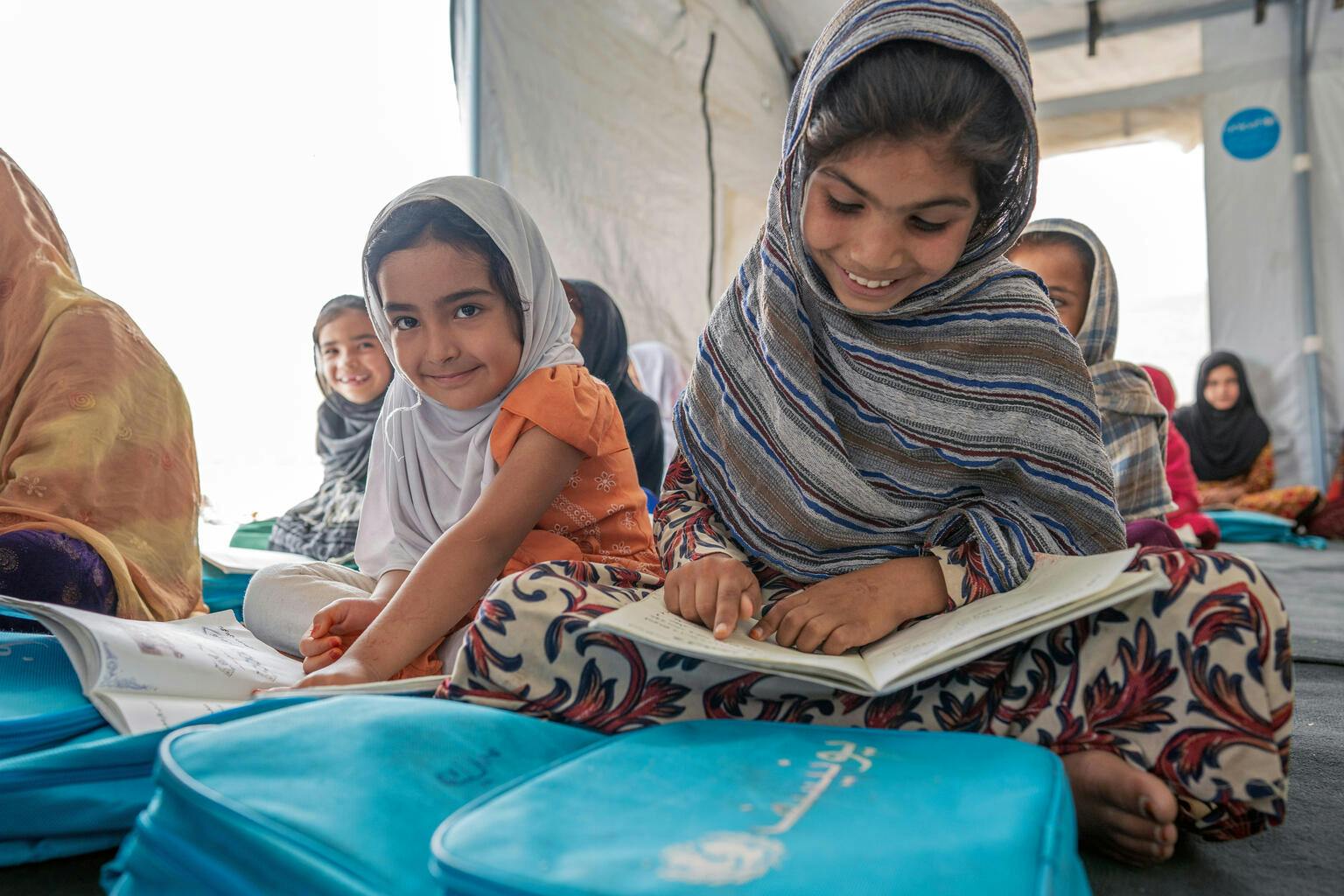
©UNICEF/UN0803470/Naftalin
Until that happens, we’ve continued to support kids learning in other ways. In 2022, UNICEF made emergency payments to all public school teachers, and distributed school supplies to all primary school children. By doing so, we’ve been able to sustain access to primary-level education – and doubling this in community-based schools.
2. Earthquake response
In the early hours of 22 June 2022 while villagers were asleep, a powerful 5.9 magnitude earthquake hit the rural provinces of East Afghanistan. The devastation was widespread and heartbreaking. Over 1,000 people were killed, and over 4,500 homes were fully or partially destroyed.
In any disaster, the first 48 hours are always the most crucial. Because we have a strong presence in Afghanistan, we already had pre-positioned supplies around the country and were able to start delivering emergency supplies within hours of the earthquake. In total, more than 30 metric tonnes of medical supplies were delivered as part of the earthquake response.
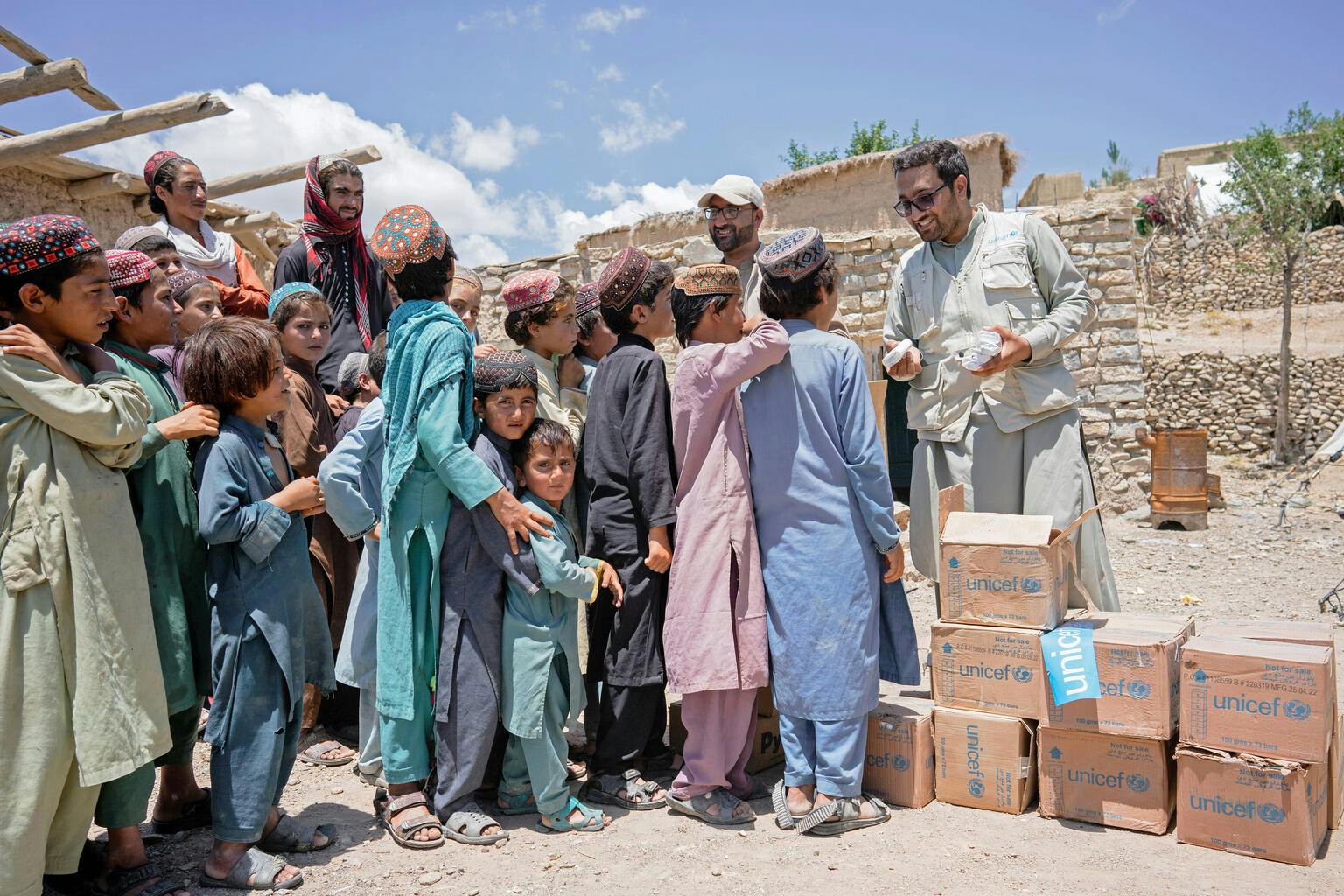
©UNICEF/UN0678784/Naftalin
Through 12 UNICEF supported health centres and 7 mobile health and nutrition teams (MHNTs), we were also able to provide services such as first aid and trauma care. In some of the most remote villages, the UNICEF MHNTs were the first responders – providing care in a matter of hours. Close to 1,700 injured people received first aid and trauma care through a MHNT.
You never know when a natural disaster will strike, and so we’re thankful that through regular donations from our supporters, we’ve been able to preposition supplies for emergency events such as this and act quickly.


3. Extreme weather events
In July and August, heavy rains caused flooding across several provinces in Afghanistan. Over 8,000 families were affected as a result of their homes being damaged or destroyed.
When severe flooding like this happens, water sources can become compromised. Without safe drinking water the chances of illness skyrockets.
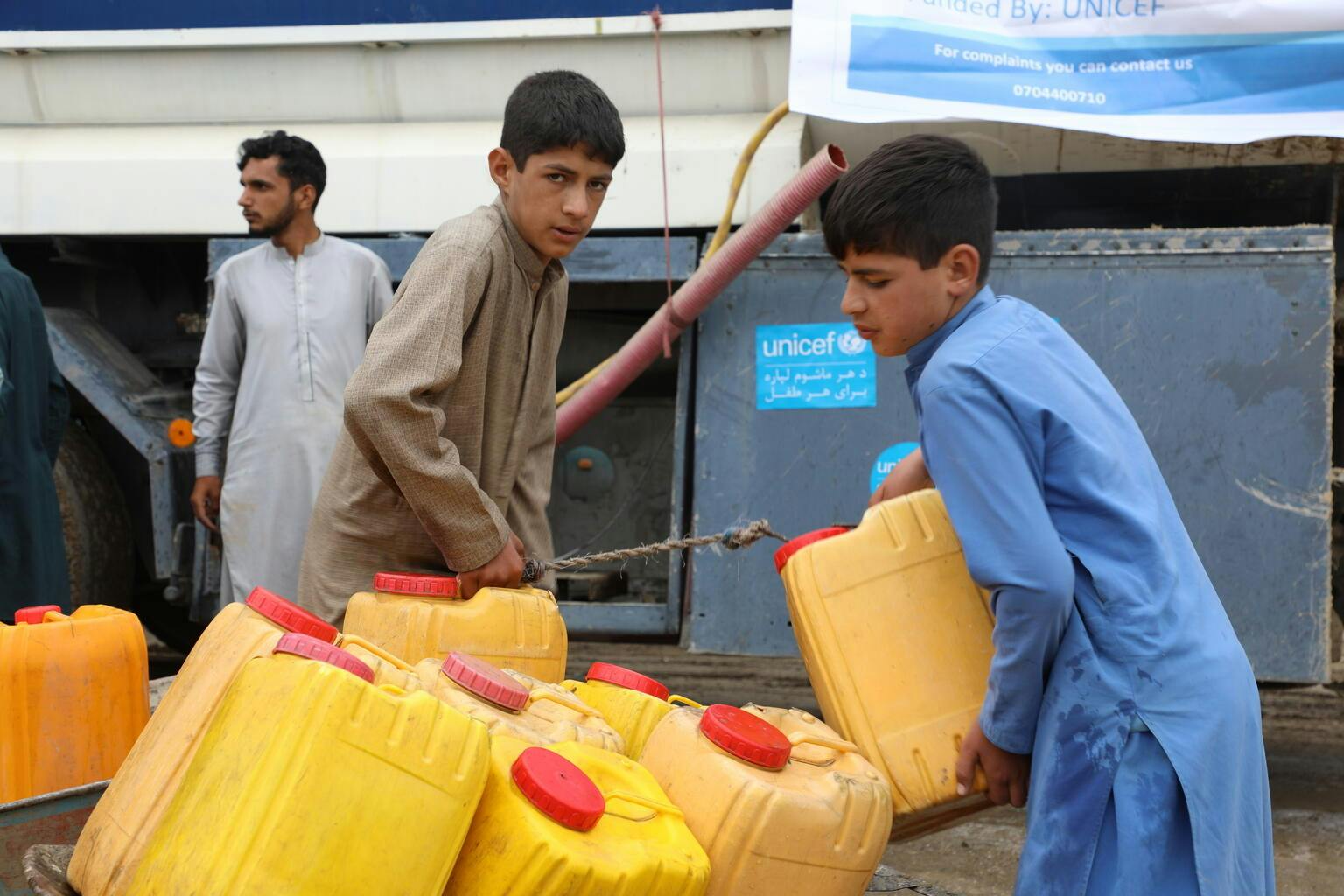
©UNICEF/UN0695433/Haidary
As part of the initial emergency response, providing access to safe drinking water and supplies to prevent diseases was a priority. As well as delivering clean water, 1,000 families were also given hygiene kits that contained essential items like soap, laundry detergent, toothbrushes, towels and buckets.
It’s not just after flooding events when access to clean water is affected. Droughts, and poor infrastructure can also be a leading cause of water scarcity.
All up, UNICEF reached almost 6.6 million people in Afghanistan last year with safe access to drinking water. With a reported 80% of the rural population still lacking access to safe water, we’ll continue to keep delivering long-term water solutions to children and communities .
4. Basic health services
All kids have the right to basic health services, but not every child in Afghanistan has easy access – especially if they have to travel long distances to get to a clinic.
In order to reach vulnerable populations in hard-to-reach places, UNICEF scaled up the number of MHNTs from 70 at the beginning of the year, to 171. In total, over 18 million people have been reached with primary health care services, which includes immunisations for children, to protect them from preventable diseases.
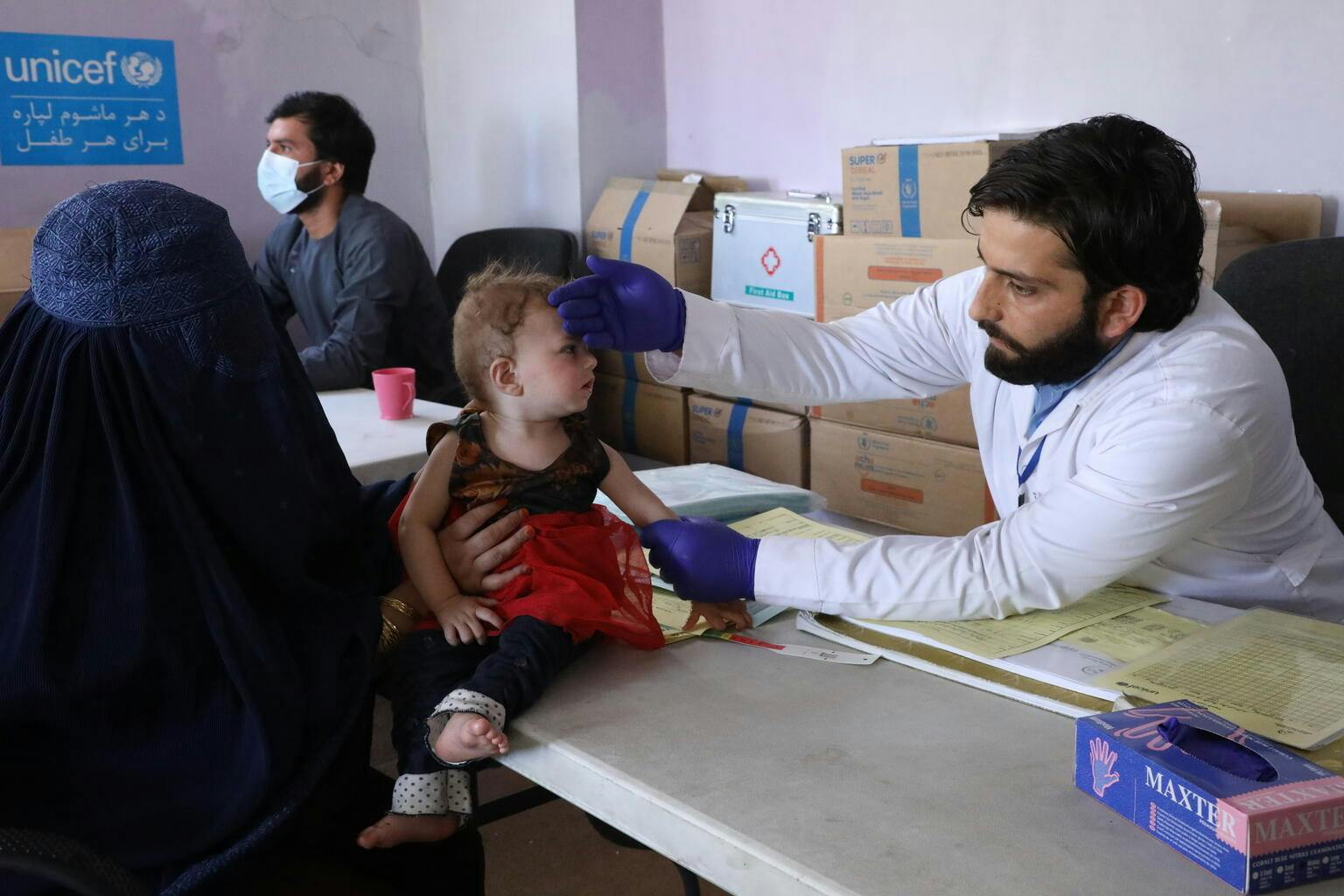
©UNICEF/UN0688544/Haidary
Measles is just one of the diseases that UNICEF is working hard to protect children against – especially given how deadly it can be. In 2022, 6.6 million kids were vaccinated against measles – both in response to an outbreak earlier in the year, as well as part of routine immunisation programmes.
When basic healthcare systems are strengthened, we can save millions of women and children from dying of totally preventable causes.
5. Nutrition
Due to several key drivers such as natural disasters, extreme weather events, crumbling economies, and disease outbreaks, over 6 million people in Afghanistan are on the brink of famine.
It’s been reported that 9 out of 10 households don’t have enough to eat, even though 90% of their income is spent on food.
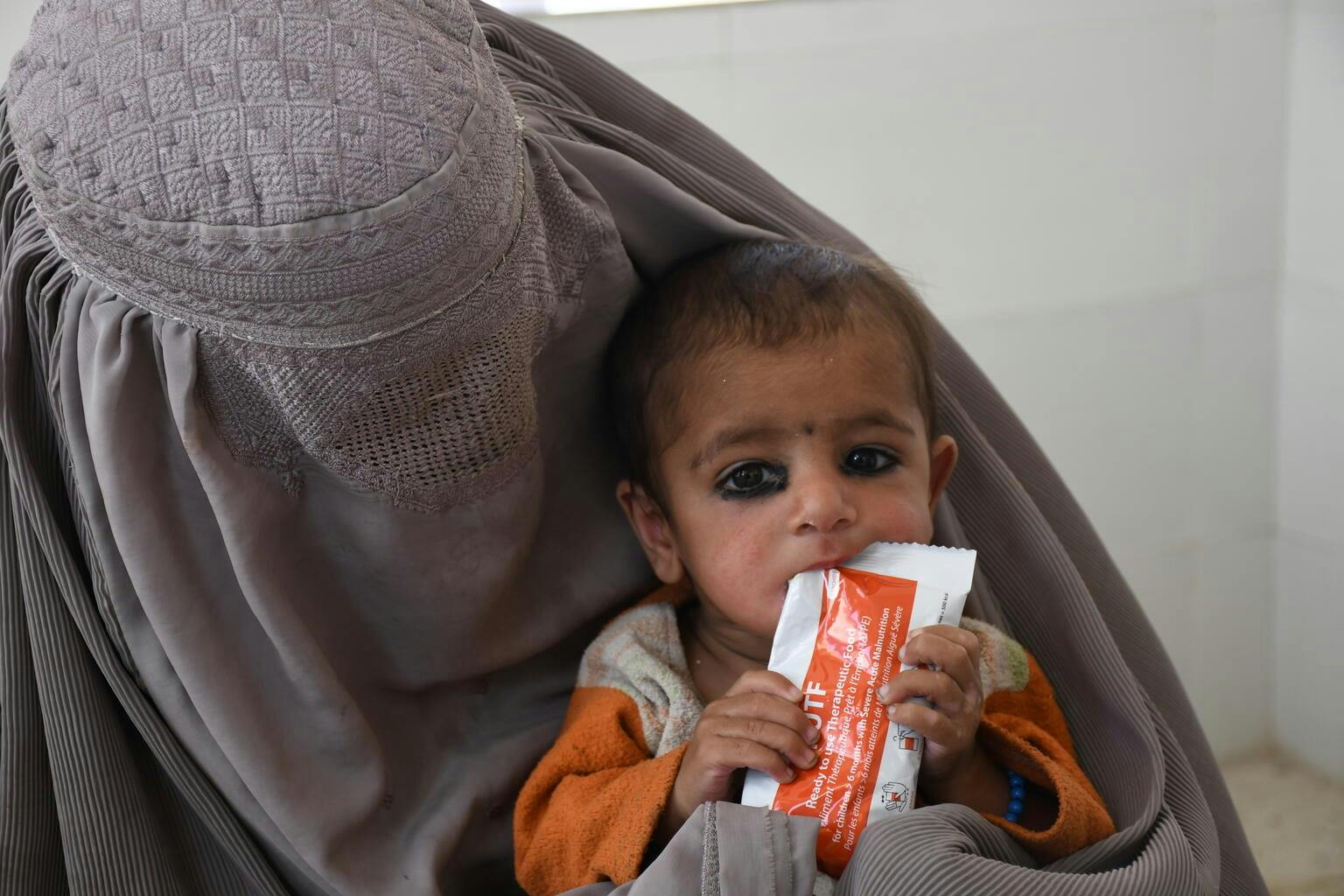
©UNICEF/UN0594778/Karimi
Over 660,000 children aged under five received lifesaving treatment for severe acute malnutrition (SAM). One of the most effective ways of treating kids suffering from SAM is with the use of ready-to-use-therapeutic-food (RUTF). UNICEF procured over 1 million cartons of this lifesaving paste in 2022 and were able to increase the number of kids treated by 200% from 2021. This was only possible by scaling up the number of nutrition sites and providing nutrition services through mobile teams.
UNICEF has been on the ground in Afghanistan for over 70 years. This is how we’ve been able to immediately start delivering emergency supplies, while still ensuring critical basic services don’t collapse.
All of what we do is only possible thanks to the support of our amazing donors.
In the event of any natural disasters, we’ll be ready to respond. We’ll continue to push for girls to be able to return to secondary school. And we’ll continue to prioritise other critical basic services at a time when the economic crisis has no end in sight. We have no plans to leave the children of Afghanistan. In fact, it’s quite the opposite. We plan to scale up our work so that we can reach even more children in 2023 to meet the growing needs.
We can’t say it enough, but we’d love to give a huge thanks to our many supporters for backing us to help kids in Afghanistan.